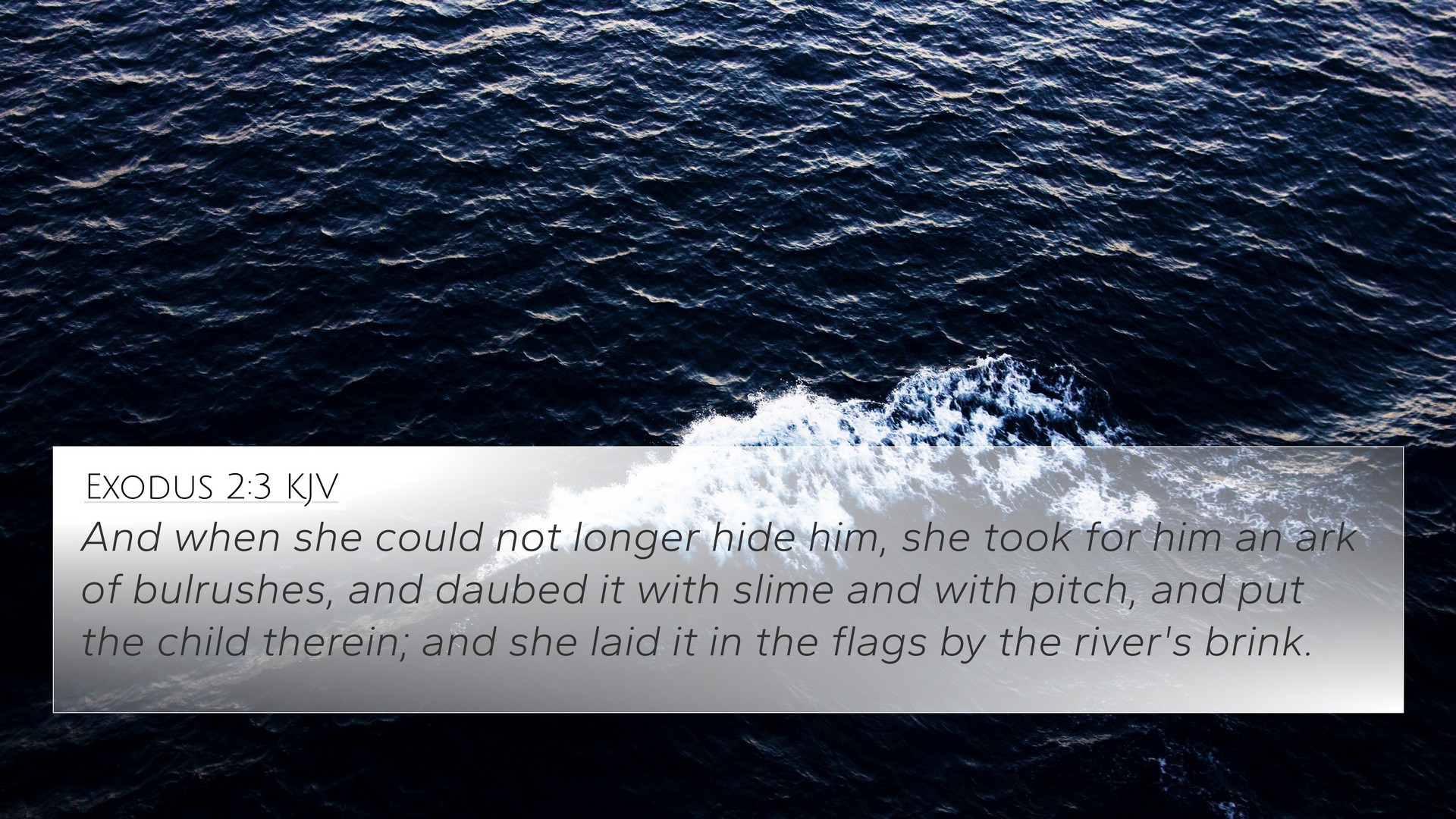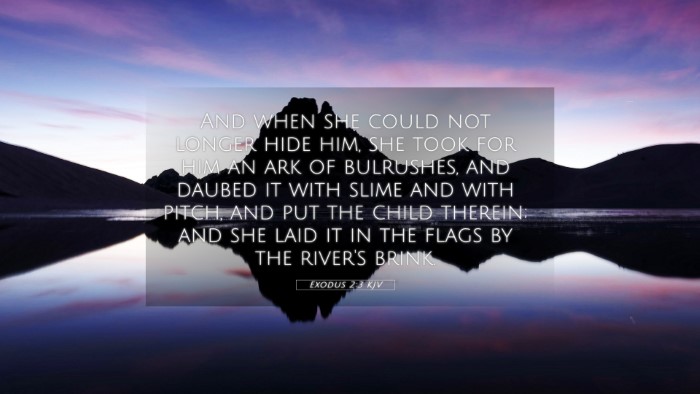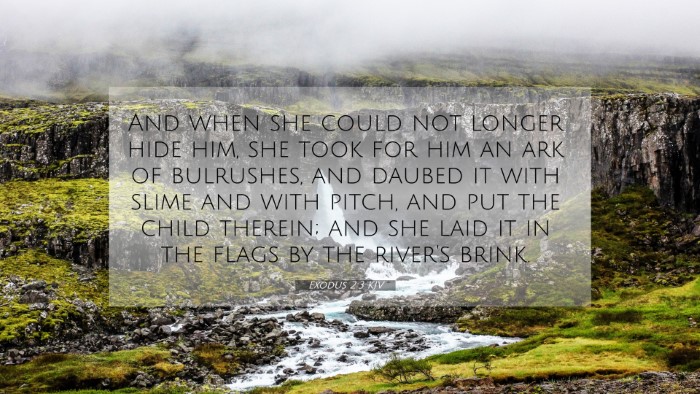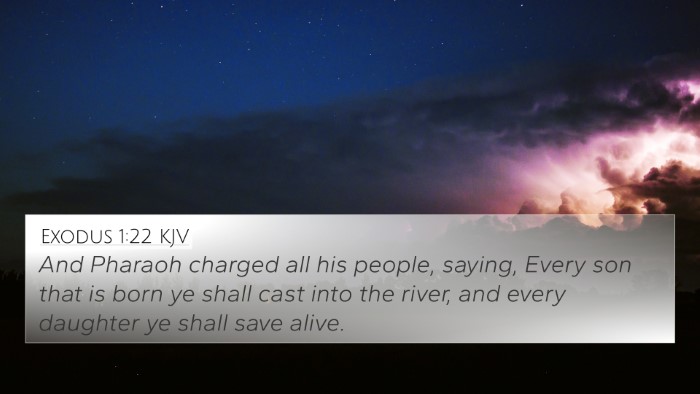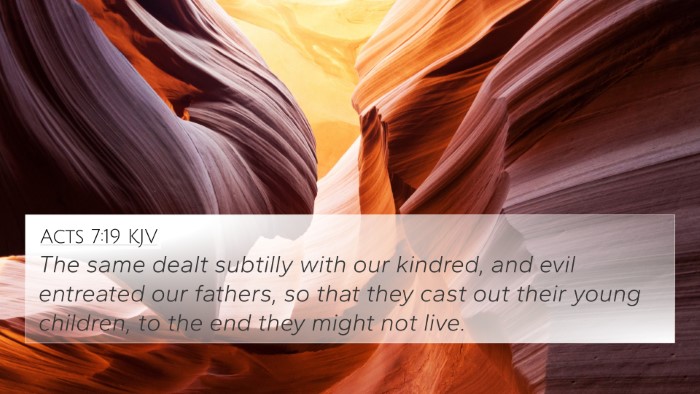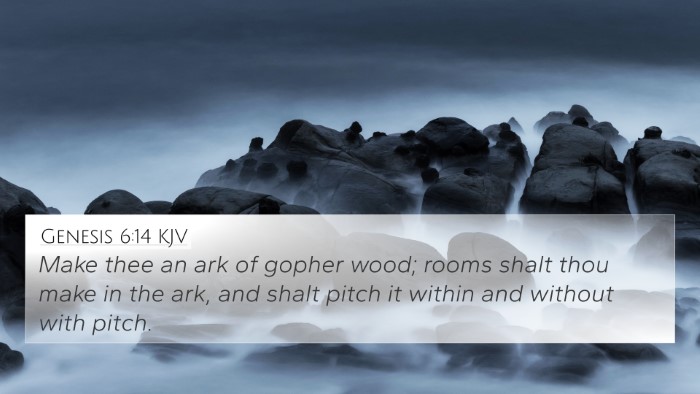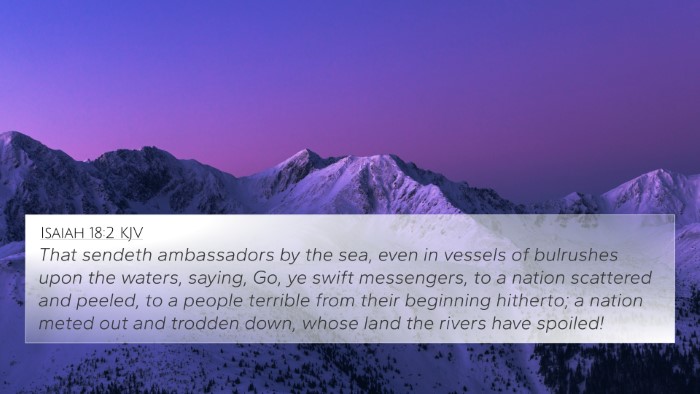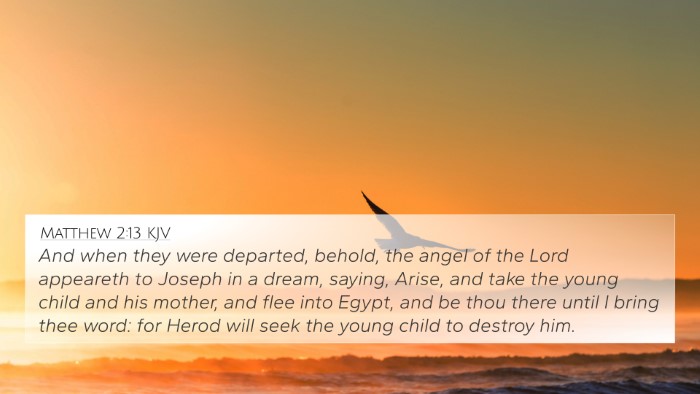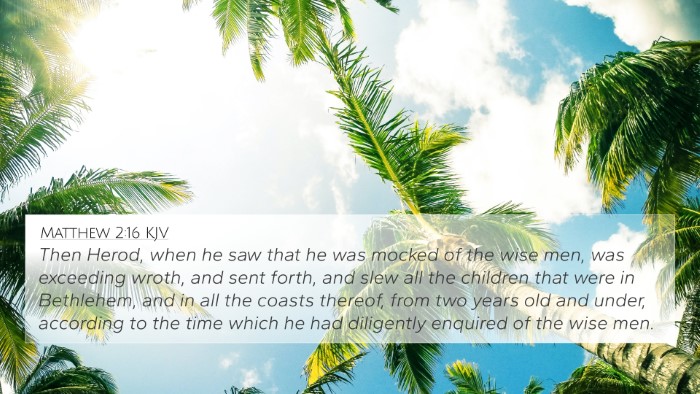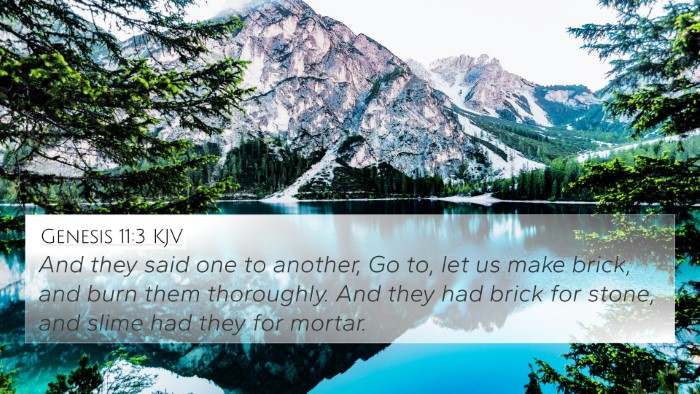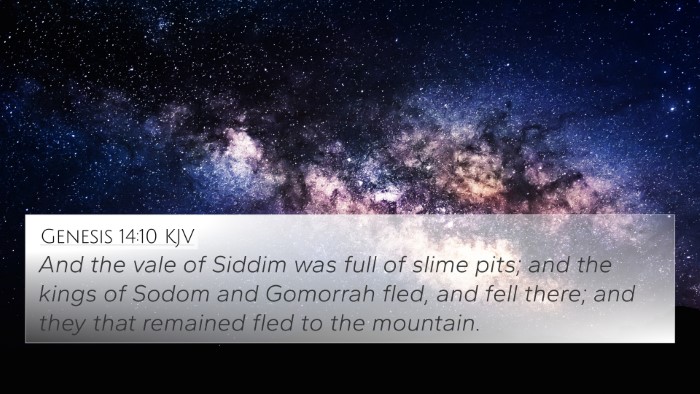Understanding Exodus 2:3
Exodus 2:3 states: "But when she could hide him no longer, she took for him a basket made of bulrushes and daubed it with bitumen and pitch. She put the child in it and placed it among the reeds by the riverbank."
Summary of the Verse
This verse narrates a critical moment in the early life of Moses. His mother, struggling to keep him safe from the Pharaoh's decree to kill all Hebrew male infants, resorted to placing him in a carefully constructed basket and setting him afloat on the Nile, showcasing both her desperation and ingenuity.
Commentary Insights
-
Matthew Henry’s Commentary:
Henry emphasizes the faith and resourcefulness of Moses' mother. Her actions demonstrate a profound trust in divine providence, as she positions her child in a vulnerable situation, believing that God will protect him. This act of placing Moses in the Nile signifies a step of obedience to God amid dire circumstances.
-
Albert Barnes’ Commentary:
Barnes highlights the significance of the materials used for the basket. The bulrushes, bitumen, and pitch not only serve as practical choices to ensure the basket's buoyancy and waterproofing but also symbolize the notion of preparation and hope. He points out that this act of safeguarding illustrates how far a mother would go for her child, drawing parallels to God’s protection over His people.
-
Adam Clarke’s Commentary:
Clarke draws attention to the social and historical context wherein the Hebrews faced oppression under Egyptian rule. He interprets the basket as a symbol of deliverance; while it appears as a vessel for abandonment, it is ultimately a means for future liberation. This act initiates Moses's journey towards becoming the leader of the Israelites.
Thematic Connections and Cross References
Exodus 2:3 resonates with several themes in the Bible, including divine intervention, maternal sacrifice, and the preparation for deliverance. Here are some cross-references that relate to this verse:
- Genesis 6:14-16 - God's command to Noah about constructing the ark, linking themes of preparation and salvation.
- Hebrews 11:23 - This verse commends the faith of Moses’ parents for hiding him, emphasizing their belief in God’s promise.
- Matthew 2:13-15 - The flight of Joseph and Mary with Jesus to Egypt parallels the theme of fleeing to protect from tyranny.
- Isaiah 43:2 - God's promise of protection resonates with the act of placing Moses in the basket, underscoring divine safeguarding.
- Psalms 91:11-12 - God's angels are commanded to guard and protect, mirroring Moses' mother’s faith in God's watchfulness.
- Acts 7:20-21 - Stephen recounts Moses’ early life, including the circumstances surrounding his rescue from the river.
- 1 Peter 5:7 - The exhortation to cast our cares upon Him aligns with the mother’s act of faith as she entrusted her son to God.
Conclusion
Exodus 2:3 encapsulates a profound moment of maternal devotion and faith in God's protection amidst peril. By understanding this event and its surrounding themes, readers can see the deeper implications and connections between various scripture passages, reflecting on God's overarching plan for deliverance and hope throughout the Bible. Such thematic Bible verse connections enrich our comprehension of scripture and highlight the importance of faith in our narratives.
Further Study and Reflection
For those interested in further exploration of connections between Bible verses, tools for Bible cross-referencing, and expanding on thematic studies, consider utilizing a Bible concordance or employing cross-reference Bible study methods to deepen your understanding of how these scriptures interact and support one another.
